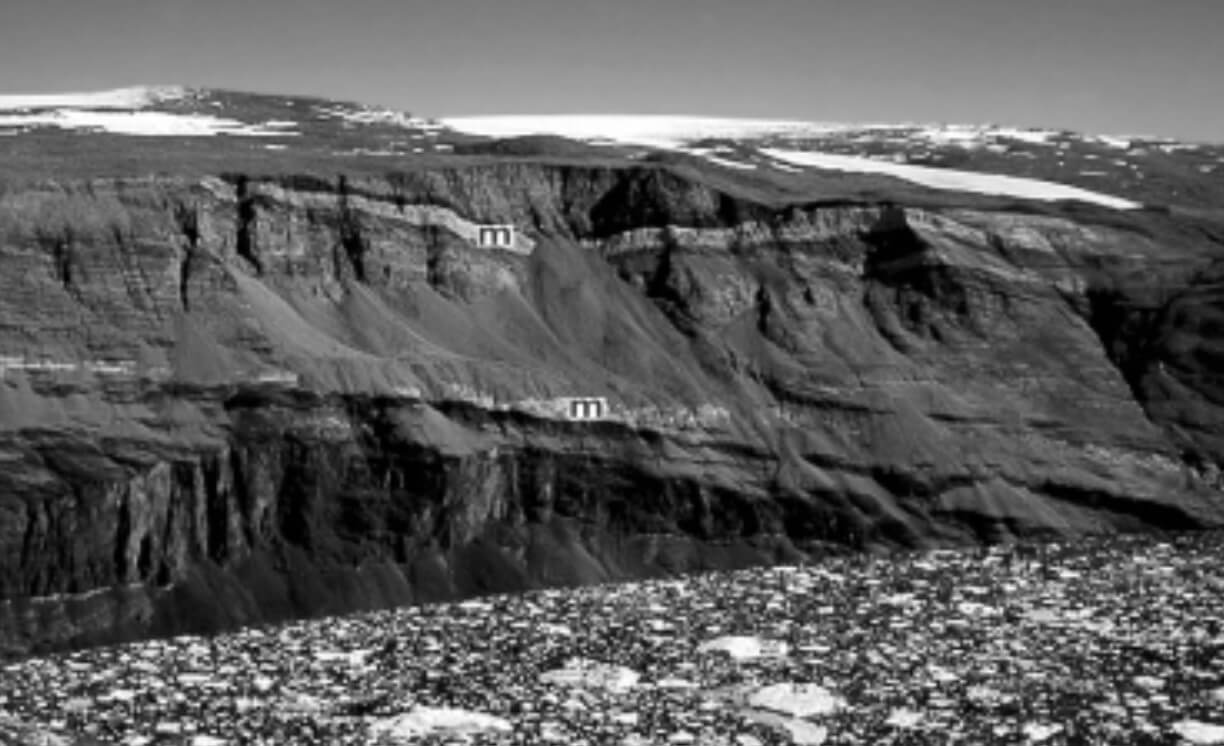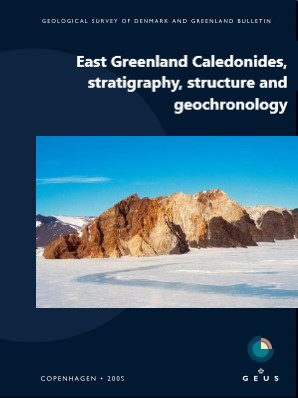
How to Cite
Share
Abstract
The Charcot Land tectonic window exposes crystalline basement gneisses, which form part of the foreland of the East Greenland Caledonides. These gneisses were previously believed to be Archaean in age, on the basis of imprecise K-Ar analyses carried out in the early 1980s on hornblende from amphibolitic bands and inconclusive Rb/Sr isotope data. New U-Pb singlezircon ion microprobe analyses on the gneisses of the window yield upper intercept ages of 1916 ± 21 and 1928 ± 11 Ma, and are interpreted to represent the age of crystallisation of the igneous protolith. The foreland gneisses of the Charcot Land window are similar in age to parts of the allochthonous gneiss complexes of structurally overlying thrust sheets, but the two terranes have different lithological and structural characteristics. No Archaean rocks have been identified with certainty in any of the East Greenland Caledonian foreland windows.
How to Cite
Share
Downloads
Edited by A.K. Higgins and Feiko Kalsbek
The Caledonian orogen of East Greenland has been intensely studied over the last 30 years during a series of regional mapping expeditions. The orogen that extends between 70°N and 81°30´N in East Greenland, is now completely covered by five geological map sheets in the [...]










